Rebar Sizes: Choose The Right One For Your Project
One of the most common construction material used in the industry is steel.
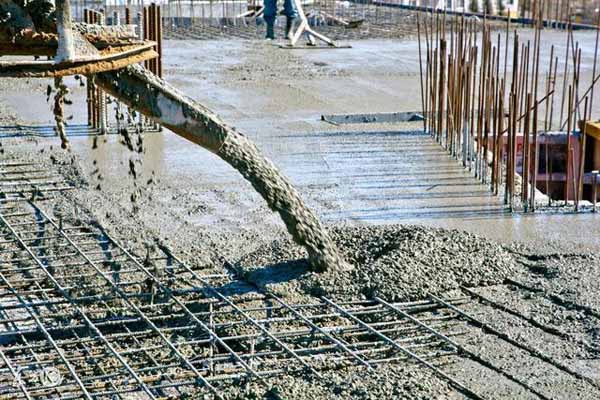
Concrete may have high compressional strength, but it can fail due to tensile stress. To gain tensile strength, concrete is made with steel bars called rebars. It is used in concrete to provide tensile strength.
Different structures need different sizes and types of rebar. Detailed analysis and design are performed to calculate what size and type of rebar to use.
It also tells us the center to center spacing between the rebars and the cover you should provide.
Contents
Meaning of Rebar Sizes
You may have heard people referring to different steel bars as #4, #8, #10, etc. You must have wondered what it meant.
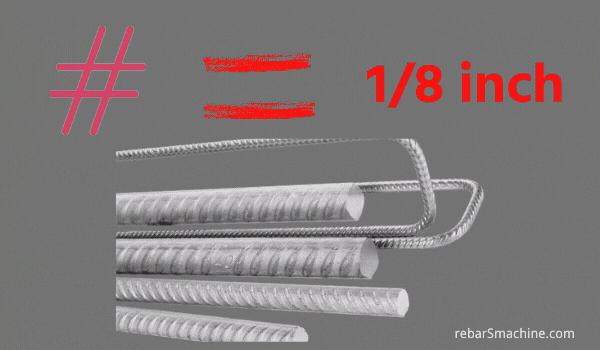
The number written with # is the unit of 1/8th of an inch.
This means that #3 means 3 multiple by 1/8 or you could say 3/8 inch. #4 would mean 4/8 inch, #6 would mean 6/8 inch, and #8 would mean 1 inch, etc.
Rebar Sizes Chart
The rebar sizes can be better understood using a rebar size chart. A rebar size chart includes different physical properties of rebars of different sizes.
A commonly used rebar chart is given below:
| Bar Size Designation | Weight (lb/ft) | Bar Diameter (in) | Bar Diameter (mm) | Cross-Sectional Area (in2) | Cross-Sectional Area (mm2) |
| #3 | 0.376 | 0.375 | 9.525 | 0.11 | 71 |
| #4 | 0.668 | 0.5 | 12.7 | 0.2 | 129 |
| #5 | 1.043 | 0.625 | 15.875 | 0.31 | 200 |
| #6 | 1.502 | 0.75 | 19.05 | 0.44 | 284 |
| #7 | 2.044 | 0.875 | 22.225 | 0.6 | 387 |
| #8 | 2.67 | 1 | 25.4 | 0.79 | 509 |
| #9 | 3.4 | 1.128 | 28.65 | 1 | 645 |
| #10 | 4.303 | 1.27 | 32.26 | 1.27 | 819 |
| #11 | 5.313 | 1.41 | 35.81 | 1.56 | 1006 |
| #14 | 7.65 | 1.693 | 43 | 2.25 | 1452 |
| #18 | 13.6 | 2.257 | 57.33 | 4 | 2581 |
Rebar Sizes and Spaces
As mentioned before, the size, number, and space of rebars are very carefully designed. The structure is thoroughly analyzed and designed to see what types, size, and length of rebar to use.
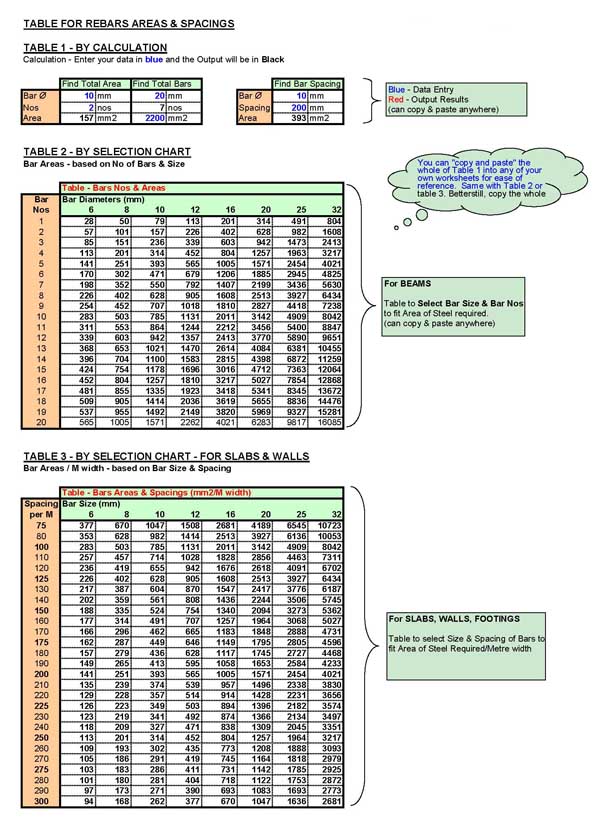
picture comes from mecengineers
Also what spaces you should give between adjacent rebars and the rebar from the edge. If the space between the steel bars is incorrect then the structure’s strength will change.
Suppose the design says that you have to place a #4 bar at a 5-inch center-to-center distance. If the foreman makes a mistake and places it after every 4 inches, there will be a decrease in strength by almost 20%. It is that easy to change the strength of the finishing structure.
To make sure that the right spacing is ensured, use steel ties or welding to keep the rebars in position.
Other than spacing, let’s talk about size.
Suppose the foreman accidentally uses #3 bars instead of #4 at a 5 inch center-to-center spacing. The overall strength of the structure will decrease by about 35%.
Quality of Rebar
To ensure the quality and assess the grade of the rebar, you have to do standardized tests. This will test if the rebar you are going to use is of good quality. It also tells you if the rebar meets the code and specifications.
There are four major components of the rebar that needs to be tested:
- Bending of steel
- Tensile strength
- Fatigue
- Compressional strength
Different Rebars for Different Uses
There is no single size and type of rebar that you can use for all structures.

For small-sized projects, rebars below #3 are usually enough. For example, the bars used in driveways and patios are around 1/8 inch. It has to be kept in mind that this will bear minimum loads. It will also provide very little tensile strength.
When discussing walls, piers, or columns, rebars of more than #3 should be used.
Similarly, for footings and foundations, it is wise to use bars of size more than #4. Because the footings and foundations bear a lot of weight.
For large-sized projects, structures with longer spans require rebars of greater size i.e. more than #5. For example, the construction of bridges, tunnels, and canals. Some common structures are given below with the usual range of rebars used.
Concrete slabs: Contractors often use the 1/8 rule for determining the size of steel for a slab. For example in a slab of 6-inch depth, a rebar of 6/8 inch will be used. For slabs of septic tanks, you usually use #3 and #4 bars.
Retaining Walls: The most commonly used rebars in retaining walls are #3, #4 and #5. A 2-inch cover is usually provided for these.
Swimming Pool: The minimum rebar sized to be used for a residential swimming pool is #3. The maximum is #5.
Rebar Chair: These are supports to be given to rebars during placement. The size of rebar support chairs is less than the #3 bars.
To Summarize All This
We can say that there is a lot of science behind using rebar. You cannot use the same rebar in every concrete and expect it to gain tensile strength.
Rebars are classified using their own naming scheme. They are referred to as #3, #4, #5, etc. These numbers are the unit of 1/8th of an inch.
The structural integrity of any reinforced concrete depends on three factors:
- Grade of steel
- Size and spacing of rebar
- Location of the rebar within the structural element.
If there is an error in any of the three factors then the entire structure suffers. The quality of the rebar should be top-notch. It should be tested using different standardized tests.
For small scale projects, #3, #4, and #5 bars are mostly used. This is because there is not a lot of load in those structures.
For larger projects like tunnels and bridges, rebars of more than #5 are used. The diameter also depends upon the span of the structure.
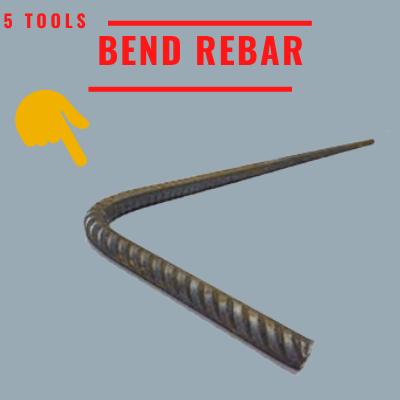
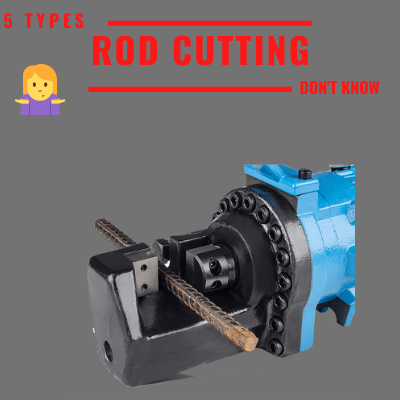
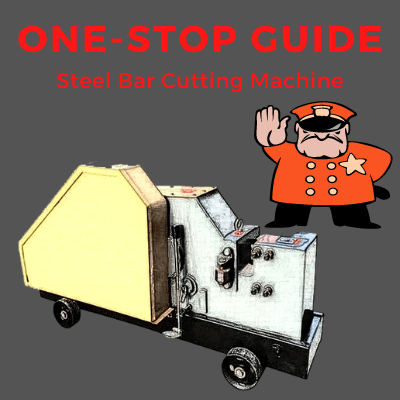


I found it helpful when you said that you have to do standardized tests in order to ensure the quality and assess the grade of the rebar. This is something that I will share with my father who wants to have pool rebars done on his pool. He said that he wants to improve the overall appeal of his pool, so I will share this with him.
thanks